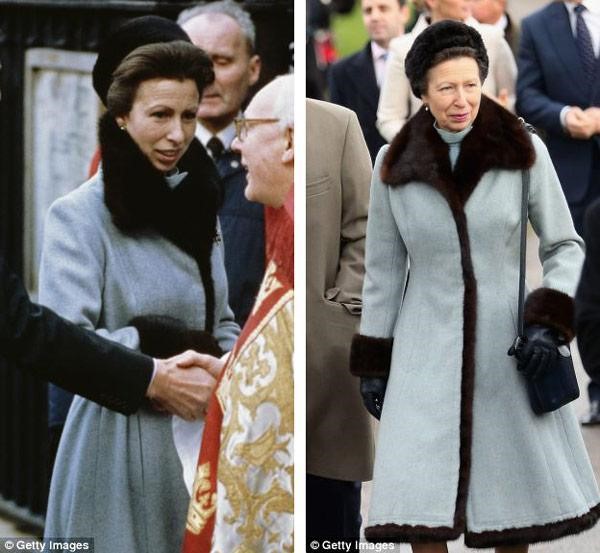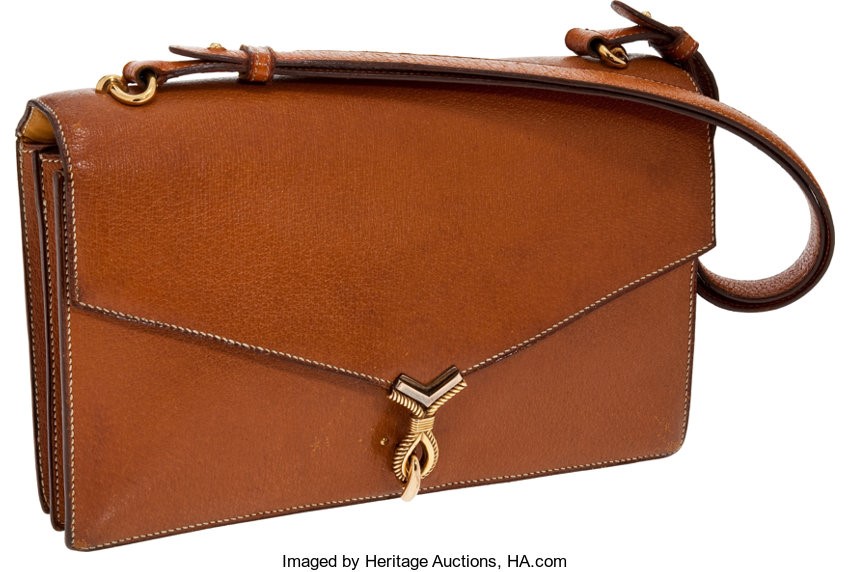I talk about styles and products very much, today let’s talk about a little connotation, how to reflect that you are a high-end gentleman from the details of wearing.
The style should be decent and understated, that is the superficial aspect, and a little to the inside is the use of old things.
What’s so good about old stuff? Doesn’t it look old? Isn’t it outdated?
Answer this question first, no.
First, it will not go out of style, because the so-called classic, that is, let time flow, it stands.
Two, if you take good care of. Moreover, this second is to reflect the connotation point that you are a high-end gentleman. What kind of people will take care of things with frequent maintenance and care? People who have money and leisure, who cherish objects, know how to cherish the past, and respect history. This matter reflects cultivation to a certain extent.
The so-called gentleman, besides gentlemanly manners, in material terms, is it extravagance and waste, as long as you buy things, go for the most expensive? I think on the contrary, the reason for buying expensive is because its quality is more durable, and in the long run, maybe it is a cheaper choice, if the cheap price can buy the same long-lasting object, gentlemen will not choose solely on brands which is a vanity. From another perspective, gentlemen are more environmentally friendly…
Another good concept of old things, which I stole from somewhere, is called “reverse snobbery”, that is, for high-end people, the older the higher, and the newer the lower.
Why is this so? I think it’s because this kind of things are scarce and expensive. In the current era of industrial mass production, even those fashion brands can basically be bought with a little money, and when it comes to products that need to queue or membership, they are more customized and high-end.
Then there is only what you have, and others do not have, which is embodied in these old things. For example, sweaters that have been worn for 20 years have patches. This must be because the sweater means something and you cherish it.
And if, like the aristocracy of Europe, the clothes were handed down from the previous generation, or even generations, then the high-end and rarity burst.

In fact, the maintenance cost of these objects, in places with high labor, has far exceeded the price of buying a new dress, which reflects the current scarcity and personalized labeling of these objects.

I said that I only talked about external things, and I was not prepared to talk about the connotation of a gentleman, such as etiquette or cultivation. But in terms of dressing, I also know the nuances, and I want to encourage everyone about the connotation of this kind of wear.
